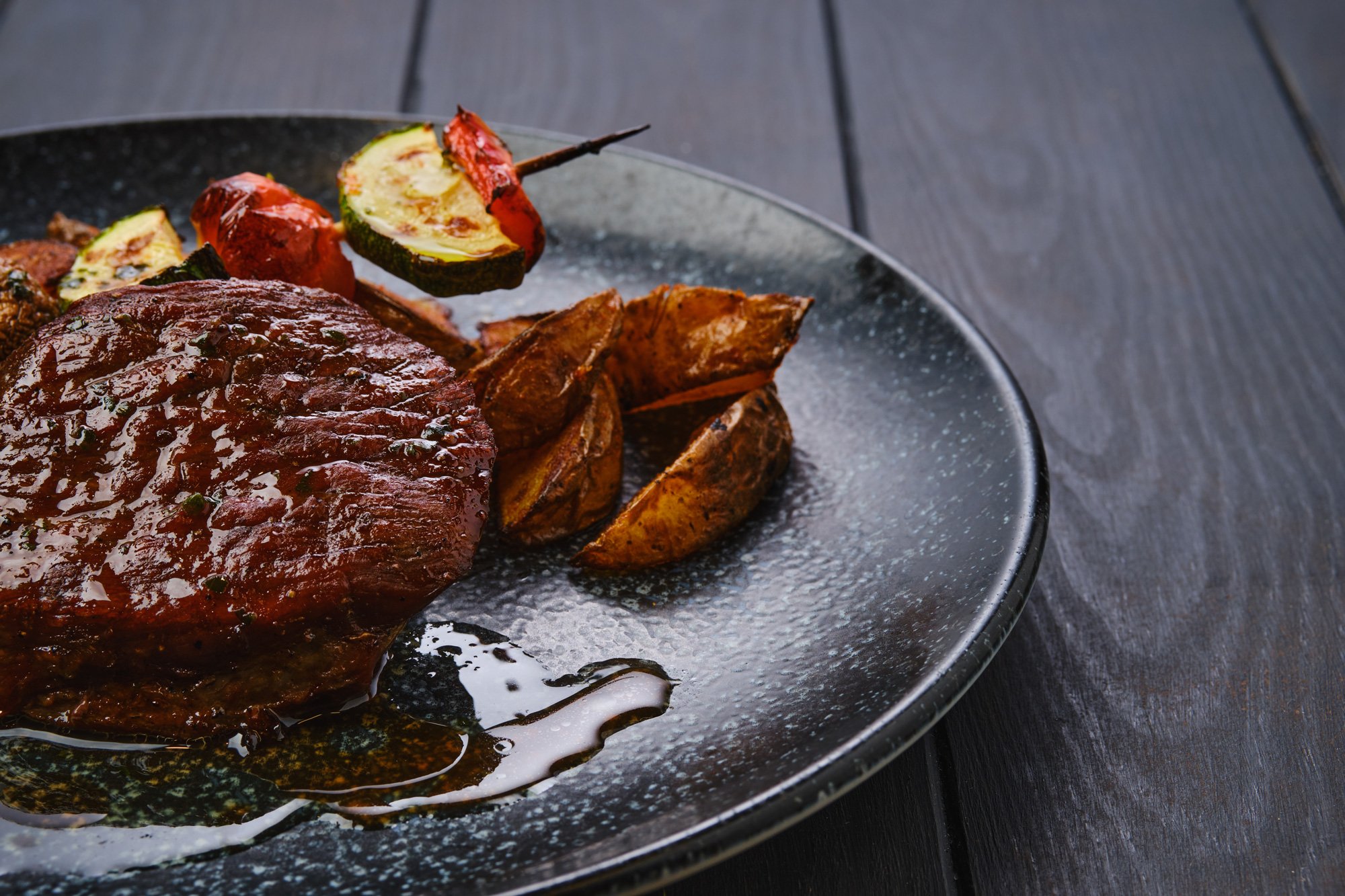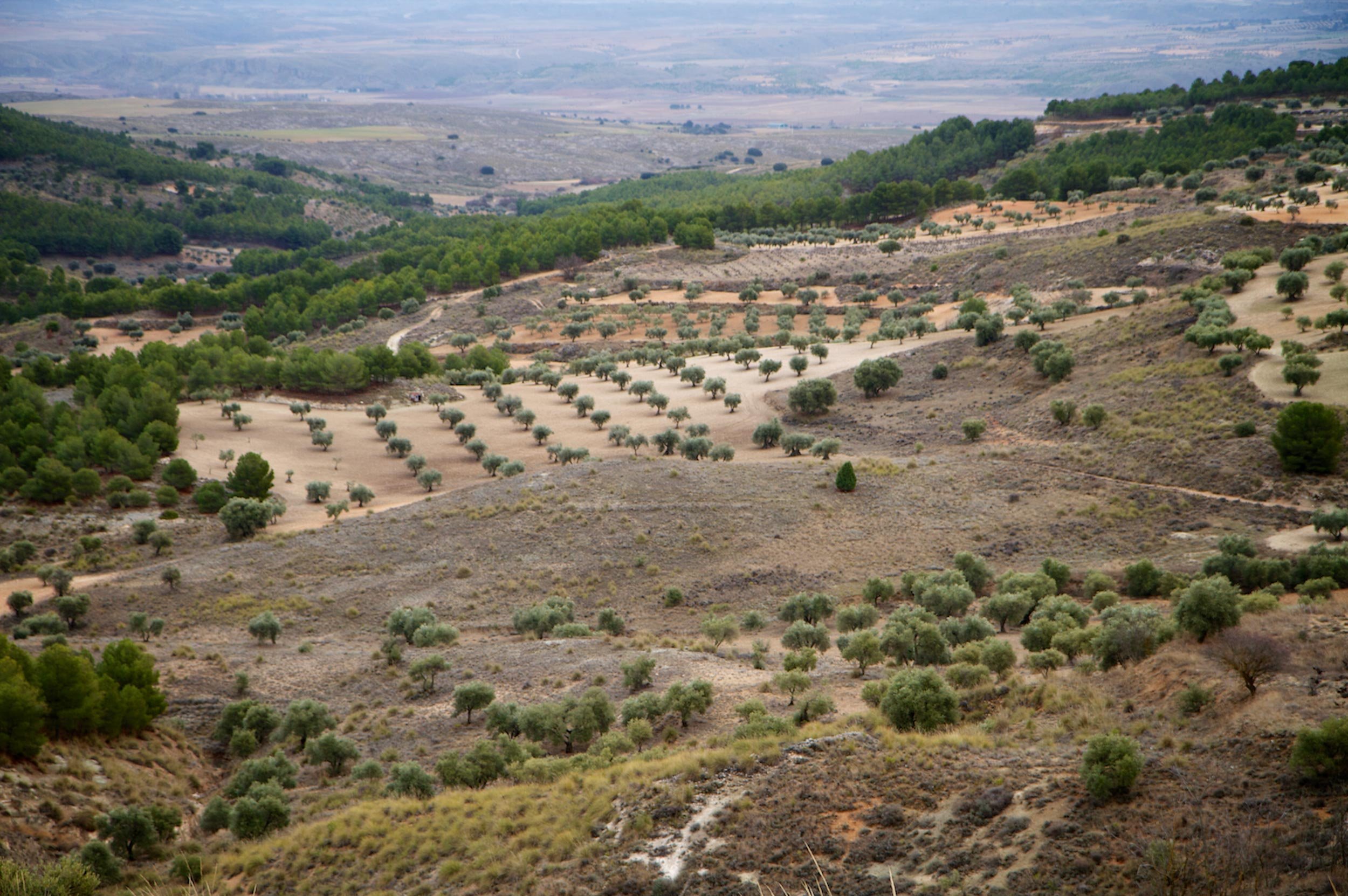Introduction to baile
Of all the ways to get to know flamenco, the baile is undoubtedly love at first sight.
No one can deny that music is possibly the artistic discipline with the greatest projection today. Its impact on humanity in general, and through its different social groups in particular, is so enormous that its development is associated with an economic term that denotes its importance: "music industry".
But it is also true that dance has been an innate part of the cultural and social development of peoples since the origin of humanity. Associated with flamenco, the dance is called "baile", and arises from the 15th century in Andalusia as an agitated adaptation of the rhythms existing at that time. And although the experts do not grant an exclusivity to the gypsies as creators of the baile flamenco, there is no doubt about their very important contribution, as Luis Lopez Ruiz emphasizes in his "Guide of the Flamenco" (Ed. Akal).
UNESCO, in the declaration in which flamenco has been inscribed as Intangible Cultural Heritage of Humanity, emphasizes that:
The baile flamenco, dance of passion and seduction, expresses a whole series of emotions, ranging from sadness to joy. Its technique is complex and the interpretation is different, depending on who performs it: if it is a man, he will dance it with great strength, resorting mainly to the feet; and if it is a woman, she will perform it with more sensual movements.
UNESCO - Intangible Cultural Heritage - Flamenco
If, among flamenco connoisseurs, the singing initially gets more attention, it is among the non-connoisseurs that the dance seems to fall in love more quickly. The essential ingredients to achieve an almost immediate admiration are its plasticity, its communicative capacity (without languages that limit its understanding), the visual and acoustic fusion that it implies and its combination with other secondary elements that display its special beauty and sensuality, such as the costumes of the bailaoras and dancers.
To the movements of legs and arms that are usually the center of other dance disciplines, in the baile flamenco are joined the clapping and flapping of the hands, the percussive rhythmic movements of the feet as heels or the fingers on the castanets. Everyday gestures such as the "desplantes" or "quiebros de cintura" are transformed into striking movements that join the previous ones creating a unique ensemble in the world, clearly differentiated and immediately recognizable. Its communicative capacity is so powerful that once the baile has been seen once, a static print (for example, a photograph) is capable of evoking in the memory the whole complex universe of the baile.
The artists who display their art in the baile flamenco are able to bring their personal stamp in infinite nuances outside of rules that are not rigid as in other dance disciplines. This does not prevent the existence of steps, rhythms and rules that are respected in the different styles of baile flamenco.
In this flamencopedia we will discover the characteristics, genres, movements and styles of flamenco dance, without forgetting that it is, as Luis López Ruiz says, "a feverish prolongation of singing, it lives from it and feeds on it. Because you can sing without dancing, but you can hardly dance without singing".
The tablaos flamencos de la Region of Madrid we want all of you who at some point have the intention of experiencing flamenco to do so in a region that welcomes you with open arms. Through this flamencopedia you can learn more about flamenco, a brief guide for before or after your visit to the region. Region of Madrid.
You may be interested in...
Live Flamenco in the Tablaos of Madrid
Your event in a
Flamenco Tablao
Discover the World Heritage
in Madrid
Visit the Community
of Madrid




